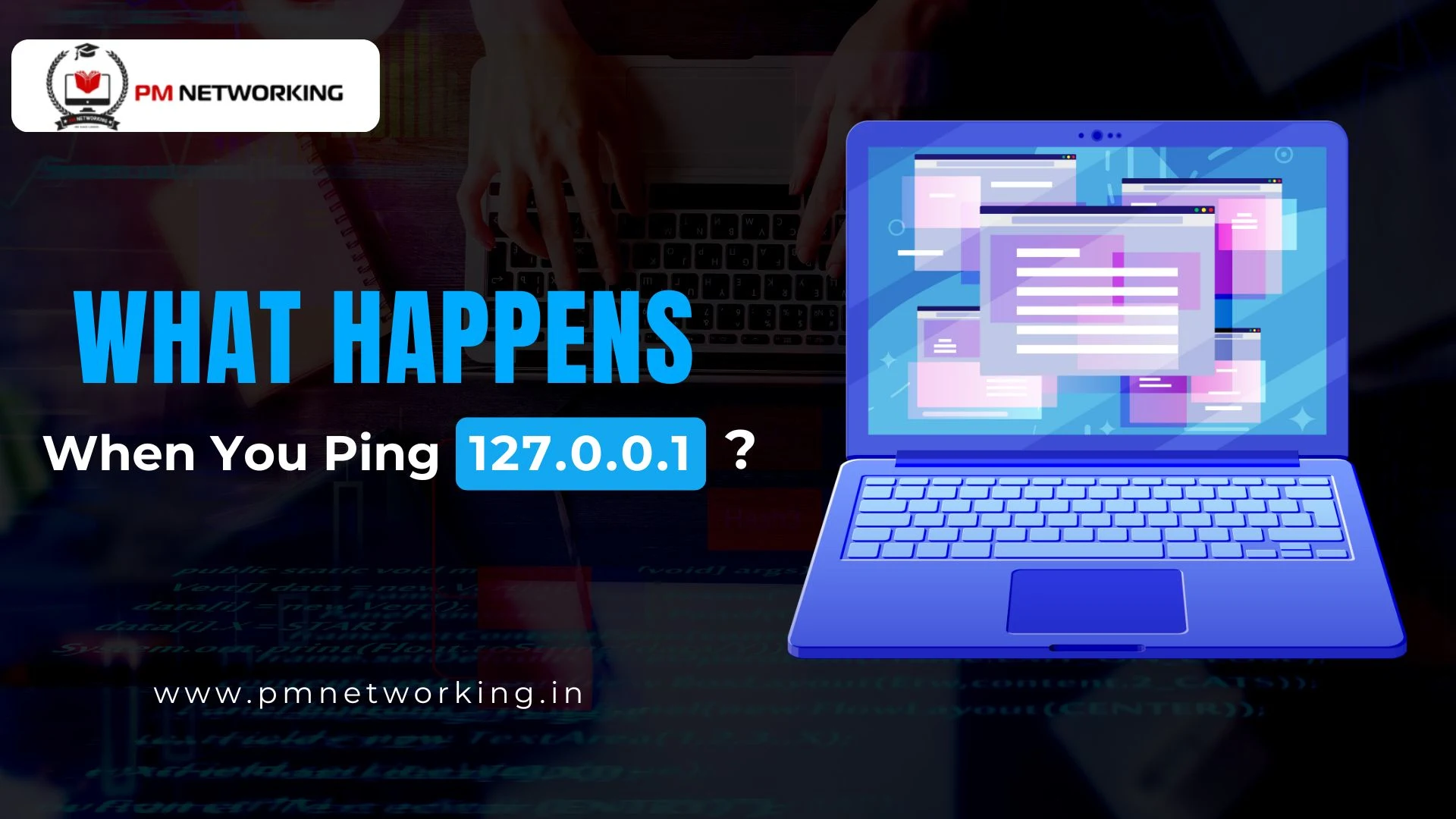
Multiprotocol label switching (MPLS) is a common method of making connections between local area networks (LANs) that form a wide area network (WAN). MPLS uses specialized routers to send packets along predetermined network paths, improving the typical way the Internet works. These predefined network paths can be used as the connective tissue comprising a WAN, allowing multiple virtual WANs to co-exist on a shared network backbone. However, they take a long time to install, can be expensive, and require contracted service from a carrier or telecommunications company.
Software-defined WAN (SD-WAN) is a larger network that connects LANs using software, not hardware. SD-WAN does not require any special equipment for routing. SD-WAN standards operate over the Internet, making them more economical to deploy than alternative networking approaches. While SD-WANs can integrate MPLS, they generally prioritize Internet connectivity. This flexibility and cost-effectiveness are key advantages of SD-WAN compared to traditional methods.
SD-WAN vs. MPLS:
To grasp the variance between software-defined and MPLS connections, think of a rail service versus a passenger bus line. Railroads have special routes established through rail tracks and only trains belonging to the railroad can use the tracks. Train transportation is fast and dependable because trains can travel without frequent stops until they reach their destination.
However, railroads require significant upfront investment to build the special routes (train tracks) needed for vehicles. The large increase in passengers or cargo can also exceed the capability of a railroad, as a positive wide variety of trains can use the tracks at a time. If the railroad wants to add more routes, it’s going to have to build greater tracks, which includes allows, negotiations with belonging owners, and expensive construction. Although rail strains may be trustworthy, they cost plenty to construct and aren’t very bendy.
In comparison, a bus line passes through a sizeable network of roads that still serves many other forms of automobiles. Buses operated utilizing the line no longer must take the equal direction to their vacation spot each time; They can route around areas with heavy traffic or upload greater stops as wished. It’s easier to carry extra passengers: More buses can be utilized in a bus line, as there is no described restriction on what number of buses can be on the street at a given time.
Since visitors can vary substantially, bus journey times can also vary. And due to the fact the roads are no longer constructed in particular to satisfy the needs of the bus line, the routes are much less direct than rail service. However, if the line desires to offer extra routes, it no longer wants to construct new roads; It most effectively desires to buy more buses, and it can upload routes to already current roads. The bus line is not as direct as the railroad, but it’s less expensive to run and gives more flexibility.
MPLS connections are similar to railroad tracks, dedicated solely to their users and offering more direct and reliable routes compared to the public Internet. However, they require the purchase of expensive hardware (similar to laying railway tracks), and their routes cannot change very easily. SD-WANs are like bus lines, using existing paths (like the public Internet) and easily expanding their routes and user base.
Benefits of SD-WAN
- SD-WAN is not dependent on specialized hardware– MPLS requires special routers to be configured to forward packets correctly. SD-WAN can be run using any networking hardware.
- SD-WAN has no inherent bandwidth limitations- Because MPLS connections are almost default (unless they are reconfigured), there is a strict limit to how much capacity can be provisioned on an MPLS connection at one time. SD-WAN connections can increase capacity as required by combining multiple connections and utilizing the fastest available connectivity.
- SD-WANs are service provider-agnostic- MPLS requires organizations to use the same carrier at all WAN-connected sites because the MPLS connection has to be configured in physical routers in adjacent networks. SD-WAN connections run over the regular Internet; Any ISP can support SD-WAN connections.
- SD-WAN routing is more flexible- SD-WAN can use different types of connections like broadband internet, private lines, and 5G. It can route traffic and switch between all available connectivity options in case of failure. MPLS services usually require a dedicated private line connection from the service provider.
- SD-WANs have better integration with the cloud compared to MPLS. Connecting to the cloud through MPLS requires specific arrangements with certain providers. With MPLS, connecting to a cloud requires building a direct path to that cloud provider’s infrastructure.
Start your career with our: Cisco SD-WAN Online Course | Get Lifetime Access.
Benefits of MPLS
- MPLS provides more precise control over packet routing. Unlike the Internet, where packets may take varying routes, MPLS routes are manually set and remain consistent. This ensures packets always follow the defined path between specific routers and networks. Depending on the routing method employed, network traffic over SD-WAN may not always follow the same path, and some packets may get lost during transit, similar to most Internet traffic.
- MPLS is sometimes more reliable. MPLS traffic is typically given higher priority on service provider backbone networks relative to Internet traffic. MPLS services frequently come with quality of service (QoS) assurances. SD-WAN takes advantage of best-effort Internet services and may occasionally experience packet loss. However, most SD-WAN services compensate for this by intelligently diverting traffic away from lossy connections.
- MPLS is better for real-time applications. MPLS often includes multiple classes of services that are protected throughout the WAN. This feature facilitates better performance for real-time applications across the WAN.
Want to begin your networking career in MPLS? Tap the link to learn more about MPLS through our course. Also, get a free session; hurry up and tap the link! : MPLS Training and Certification Courses 2024
Management of SD-WAN and MPLS network connection
The telecommunications provider manages the MPLS connection, lessening the requirement for internal teams to oversee the MPLS solution. However, in-house personnel are usually needed to control routing updates and perform general maintenance.
SD-WAN solutions are set up centrally using a cloud-based central management console. Many SD-WAN solutions use the ZTP (Zero Trust Provisioning) model. ZTP facilitates the use of pre-defined templates to simplify roll-outs and upgrades. ZTP reduces human error and enables fast and automated policy roll-out: Each SD-WAN device connects directly to a centralized controller that automatically updates the device with new configurations.
Conclusion
At first glance, both SD-WAN and MPLS links seem reliable and capable of ensuring high performance. However, some differences may determine the choice of an IT administrator when looking at both options. MPLS is a traditional, well-used technology that uses dedicated, private connections between sites. MPLS provides predictable levels of performance and privacy but can be expensive to install and manage, although costs are falling in some geographic areas. Unlike MPLS, SD-WAN is a software-based technology that uses the public Internet to connect remote networks. Therefore, it’s far generally less costly than MPLS and is less complicated to install and manage. However, the performance and security of an SD-WAN connection can also vary depending on the first class of the underlying Internet connection.
When deciding between SD-WAN, MPLS, or hybrid solutions, IT customers ought to don’t forget factors together with cost, management simplicity, reliability, built-in protection capabilities, and the performance degree required for their particular use case and commercial enterprise needs. With the need for secure internet access to branch offices and the growing use of mobile networks, network connectivity requirements will usually be dynamic. It should be remembered that this isn’t always a case of SD-WAN replacing MPLS, because the SD-WAN architecture no longer excludes using MPLS. In SD-WAN overlay networks, traditional MPLS networks may be used as one among numerous networking strategies in a software program-described extensive-place network.







0 Comments